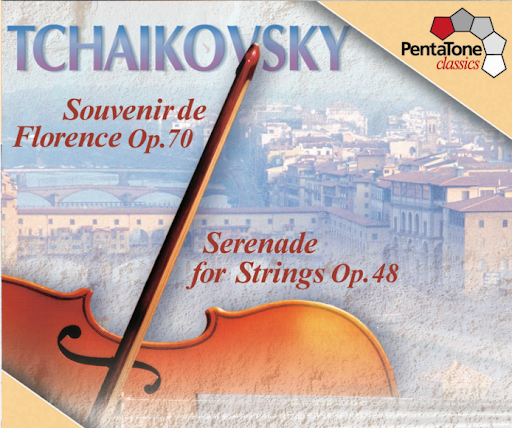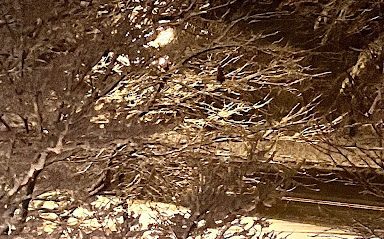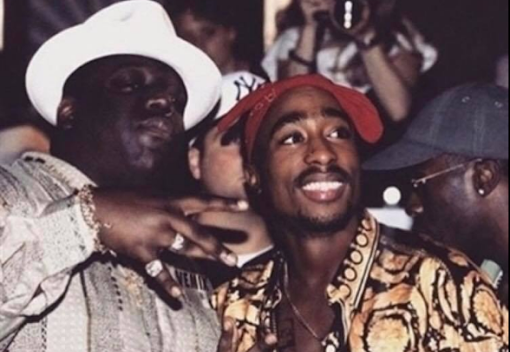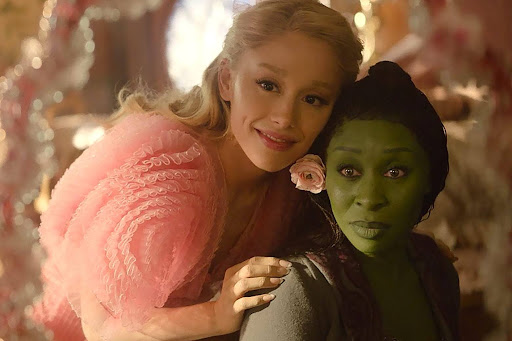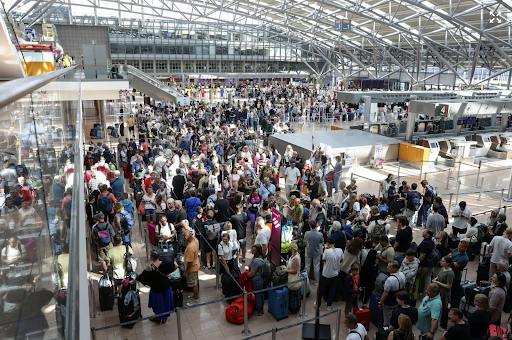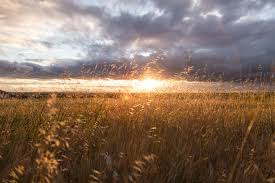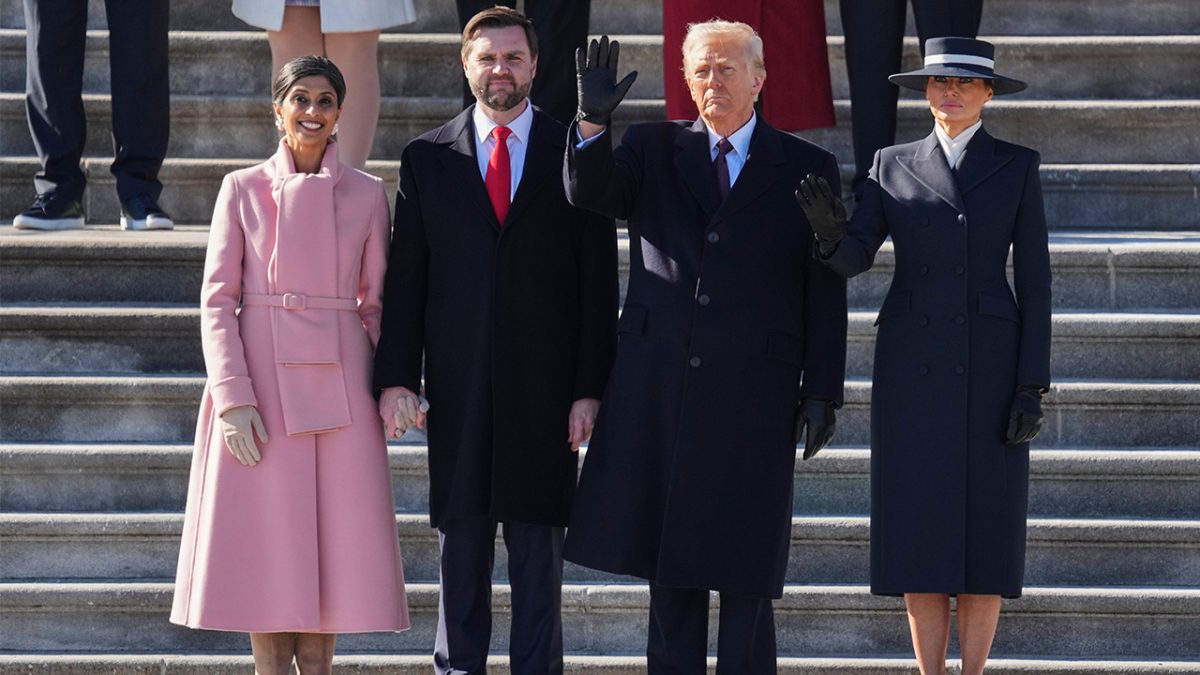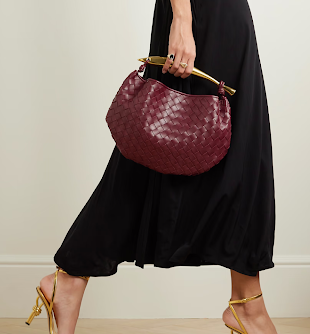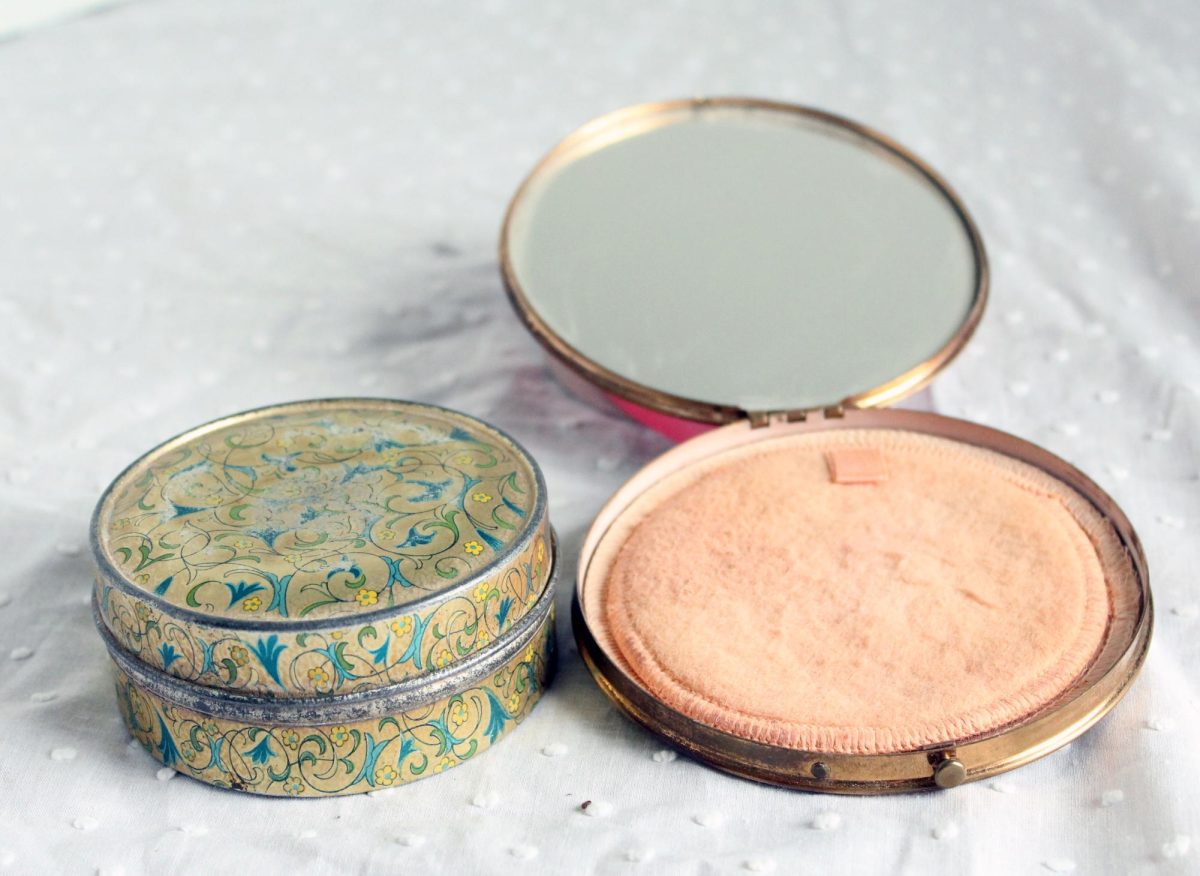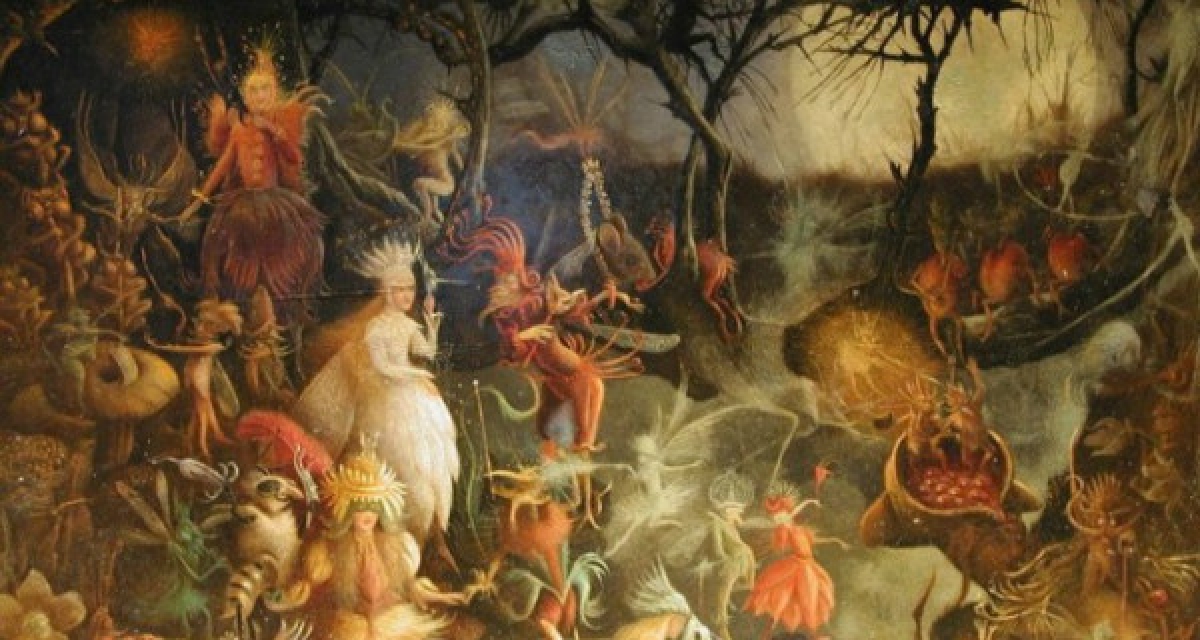In mid-July of this summer, I began Leo Tolstoy’s War and Peace for the first time – and, in retrospect, I was hooked on nearly every page. Considering the varied lifestyles of the novel’s numerous characters’ lives compared to my own, every victory or loss each character underwent all seemed to exude from the text, feeling as familiar and important as my own. I found myself relating to many unexpected people and families. Tolstoy described each scene vividly and colorfully, so every scene could be pictured as in a movie – except the clothing. Fashions during the Napoleonic Wars was a topic I had previously never studied in any capacity, unable to imagine the outfits of the characters, especially the women’s ball gowns and every day wear. The fashions were not, however, what was common during the 18th century, as my assumptions lead me to believe.
The clothing of the mid-1700’s, up until the French Revolution, is what comes easily to mind when asked to imagine the generic Old European style of dress – dresses with tight-fitting waists and large skirts. which expand out well wider the natural waist; men’s suits, such as the Founding Fathers, might have worn in many assorted colors; and white wigs for men and women. By the time War and Peace took place, which began in the year 1805, fashions had moved, especially for the women, very dramatically away from its predecessor. Imitating Ancient Greek and Roman clothing, the emerging Classical style had migrated all over the continent and was the societal norm during the course of the novel.
As touched on above, women’s clothing had lost a few of its distinctive features, as Classical dress became popular, such as the wide-skirted dresses. Replacing these were slim and sleek versions, with lower, square or V-shaped necks, high waists, and small, puffed sleeves that covered only a few inches of the arm. The skirts were loose, ankle-length, and straight, with folds in the front and small trains in the back. These dresses were commonly made out of fabrics such as cotton, muslin (a material similar to cotton) and linen, which were worn lightly – slightly like sheets from a bed might be. Dresses were white or pastel in color, as they assumed were worn commonly in ancient times, which was not always the case.

In colder areas, the dresses would often be accompanied with a shawl to wear over the shoulders, complimenting the draping style of the dress, the most expensive being those which were crafted in India. The styles were based on the attire that was worn during the classical antiquity of Greece and Rome, its predecessor being an interest in its architecture, starting around the middle of the 18th century.
Hair was pulled up in a way similar to buns and fastened with decorated combs and ribbons, with little ringlets and curls surrounding the forehead.
Although similar variations of these design characteristics have found their way into modern fashions, this new phase in women’s fashion broke many customs from the previous era. Many of the characteristic features of these dresses, as outlined above, were what made it so different: shorter sleeves, loose skirts that show the wearer’s figure – features that were excluded from the earlier fashions. The entirety of Europe had experienced great change during the previous two decades, involving everything from the alliances of nations, their domestic political situations, the way the map was drawn and the clothing that those who lived through this time were by no means exempt from this historical trend.
Men’s fashions, as did the women’s, experience some variations which became commonplace during the French Revolution, some which have lasted up until the present time. Like female styles, the men also took inspiration from Classical times. Doing away with the powdered wigs of the previous century, men’s new, short hairstyles assimilated that of Roman men of the forum, such as the styles worn of figures like Julius Caesar or Brutus.
Short hair for men has continued to be a popular choice throughout the subsequent years in Western cultures, and the repercussions of this trend, having its inception over two centuries ago, can still be felt today.
The suits worn by men at that time also began to assimilate their modern counterparts in a more substantial manner. The vibrant colors that could be found in menswear of the previous era gave way to more shades of black, gray, navy and khaki in the jackets and breeches. White shirts, frilly cravats (a sort of old-fashion necktie or scarf) and dark-colored, knee-high boots also emerged. Military uniforms also gained public favor as the Napoleonic Wars were waged, and a greater fraction of the population became involved with the fighting. Another noticeable change was the increased social acceptance of long pants for men, replacing the knee-length breeches, especially in areas near large ports. This style had not quite become the social norm yet.
As many talented authors tend to do (generally with great craft), Leo Tolstoy was able to make use of the contemporary fashions to add to the characters’ depth in War and Peace. Taking one very clear example of this literary technique is with the elder Prince Nicholas Bolkonski, a man whom Tolstoy paints the picture of being set in his routine and prefers not to make unnecessary changes to it. “The old prince,” Tolstoy describes the Prince’s attire, which adheres to many outdated cultural standards, “always dressed in old-fashioned style, wearing an antique coat and powdered hair…” Prince Bolkonski not only holds rigid standards with his clothing, but with the very daily activities of his life, all planned and scheduled. Comparatively, the details about his “antique” style of dress find themselves to be very minute against some of the more prominently emphasized descriptors. Thus, I crafted a slightly more accurate view of his character to the forefront as I read the novel and gave him a more personable side.
Understanding the fashions of an era will easily add to the overarching reading experience of any historically-based novel or work of fiction. Contextualizing the written work contributes to character comprehension and facilitates envisioning the scene being described by the author. War and Peace does a beautiful job creating vivid pictures within the plot, but some of it was lost when I lacked background knowledge concerning the clothing that was commonly worn to imagine the outfits of the characters, especially in scenes such as the balls. In retrospect, so many parts of the novel now present themselves as more natural after learning about the styles of the time period, and this concept does not limit itself to fashions – understanding the historical, literary, etc. context of any story makes it much more enjoyable to read, and the memory of it much more lasting. Tolstoy’s novel, one which is often considered one of the greatest ever written, as with many other works, was even more magnificent when I knew more of its cultural references, and gave one of my favorite books an added side of meaning and memories.
By Elisabeth Smith ‘28, Assistant Editor-in-Chief
28esmith@montroseschool.org




